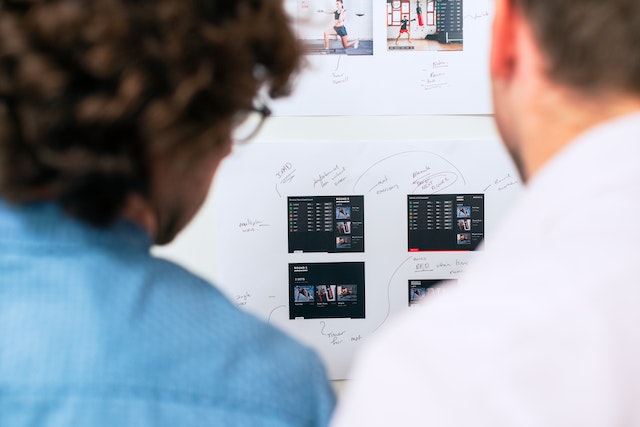Creating a Culture of Innovation

GUEST POST from Art Inteligencia
In today’s rapidly evolving business landscape, organizations are increasingly realizing the importance of fostering a culture of creativity and innovation. Design thinking, a problem-solving approach rooted in human-centered design, has emerged as a powerful tool for organizations seeking to create an environment conducive to innovation. By embracing design thinking, companies can transform their workplaces into hubs of creativity, unlock untapped potential, and stay ahead of the competition. In this article, we explore the concept of design thinking and delve into two case study examples that illustrate its impact on creating a culture of innovation in the workplace.
Case Study 1: Airbnb’s Reinvention of Customer Experience
Airbnb, the disruptive accommodation-sharing platform, understood the need to revamp their user experience to meet the evolving needs of their customers. By integrating design thinking into their organizational culture, Airbnb was able to create a culture of innovation that propelled them to new heights. The company embraced empathy as a core principle, encouraging employees to immerse themselves in the lives of their customers to gain a deep understanding of their pain points and desires.
Using design thinking methodologies, Airbnb redesigned its entire booking process to provide a more intuitive and seamless experience for their users. The company’s cross-functional teams used ideation sessions and rapid prototyping to test and refine their ideas, fostering an environment of collaboration and iteration. The result was not only a user-friendly and engaging platform but also a transformative cultural shift that made innovation a part of the company’s DNA.
Case Study 2: IBM’s Design Thinking Transformation
IBM, a technology giant with a long-standing legacy, recognized the need to reinvent itself to stay relevant in a fast-changing industry. The company embarked on a design thinking transformation by embedding design as a fundamental approach to problem-solving across its entire organization. IBM understood that design thinking would not only enhance their product development but also spark a cultural shift within their workforce, making them more agile and responsive to market needs.
IBM’s design thinking transformation focused on nurturing a diverse, collaborative, and empathetic workforce. Teams were trained on empathy-building techniques, actively involving end-users in the design process. Through ongoing collaboration and iteration, IBM successfully designed innovative products and experiences that addressed their customers’ emerging needs. The transformation empowered employees to think beyond technical solutions, fostering a culture where creativity and innovation thrived.
Key Learnings:
The case studies above offer valuable insights into how organizations can leverage design thinking to create a culture of innovation in the workplace. Some key learnings include:
1. Embracing empathy: By placing empathy at the core of their design thinking process, both Airbnb and IBM were able to gain a deep understanding of their customers’ needs, thus enabling them to design products and services that truly resonate.
2. Cross-functional collaboration: Integrating design thinking requires breaking down departmental silos and fostering cross-functional collaboration. Both companies emphasized the importance of diverse perspectives in problem-solving, ultimately resulting in breakthrough ideas.
3. Iterative prototyping: Rapid prototyping and iterative testing allow organizations to continuously refine and improve their offerings. Embracing a mindset of learning from failure encourages risk-taking and propels innovation forward.
Conclusion
Design thinking has proven to be a powerful tool in creating a culture of innovation in the workplace. By fostering empathy, encouraging collaboration, and embracing iterative prototyping, organizations like Airbnb and IBM have harnessed the potential of design thinking to transform their products, services, and organizational cultures. As companies strive to stay ahead of disruption and adapt to the ever-changing needs of their customers, integrating design thinking into their DNA can provide a competitive advantage and unlock new possibilities for innovation.
Bottom line: Futurists are not fortune tellers. They use a formal approach to achieve their outcomes, but a methodology and tools like those in FutureHacking™ can empower anyone to be their own futurist.
Image credit: Pexels
![]() Sign up here to get Human-Centered Change & Innovation Weekly delivered to your inbox every week.
Sign up here to get Human-Centered Change & Innovation Weekly delivered to your inbox every week.